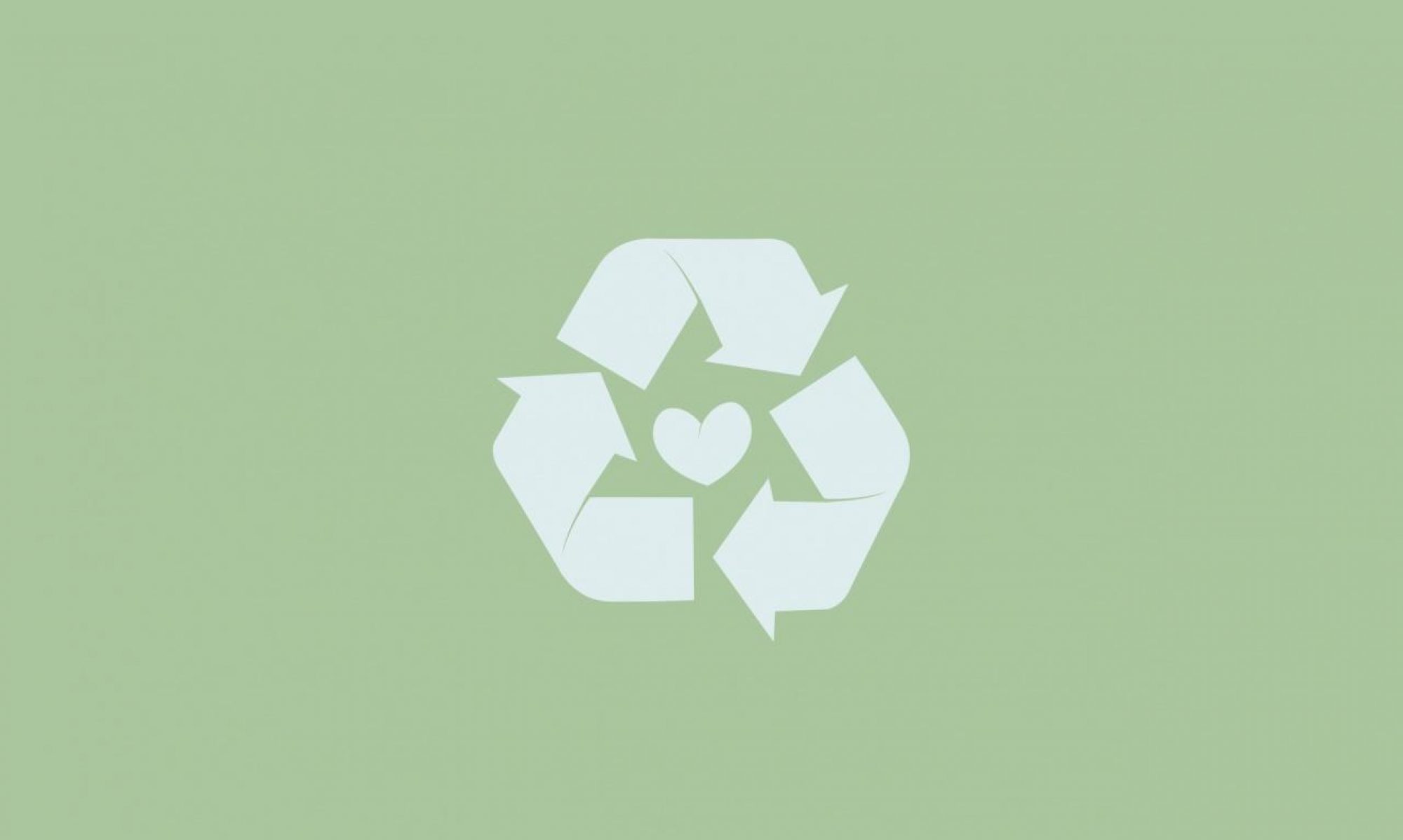Our most significant risk moving forward is the accuracy of our image classifier and some parts of our sensor classifier. For certain materials that have high accuracy with the sensor classifier (i.e. glass), we do not need to rely on the image classifier; however, we still rely on the image classifier for paper and PET plastics. To mitigate this risk, we added more images to the image dataset and retrained our model this week.
The most significant change that we made this week was to limit the scope of the plastic image classifier to only water bottles. In general, plastic is extremely difficult to sort because recyclable and non-recyclable plastics are nearly indistinguishable from images alone. However, we can reduce the scope of our image classifier without sacrificing overall accuracy because our capacitive sensors can sometimes detect HDPE plastic. As predicted, after making this change, our image classifier was able to successfully recognize water bottles.
We are on track with our progress. At this point in the project, we are primarily focused on testing and improving accuracy.
